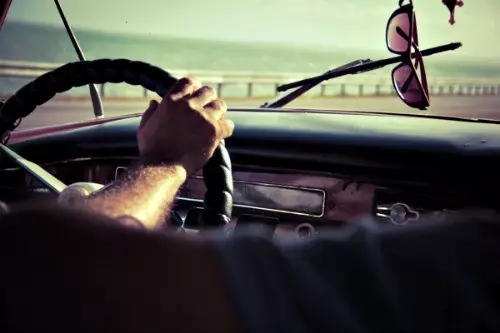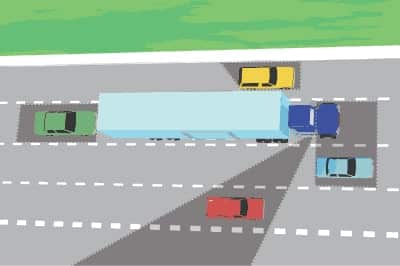How to Stay Safe on the Road This Summer
Serving Northern California

As the summer driving season approaches, it’s time to take extra precautions out on the road. Heavy traffic, hotter weather, and sometimes shorter tempers mean we all must pay a lot more attention to what’s going on around us.
Here are four suggestions to help you and your family stay safe on the road this summer.
Avoid Distracted Driving and Drivers
Distracted driving is a serious problem today. Distractions can come from anywhere – cell phone, adjusting the radio, eating or drinking, restless children, or roadside events that cause you to take your eyes off the road – just to name a few. Texting while driving is one of the primary causes of car accidents. If you tend to be tempted to text or check for messages while you’re driving, put your phone or device well out of reach before you get behind the wheel. If curiosity gets the better of you, find a safe place to stop and check messages.
If you are near a car that is driving at flow-of-traffic speeds, slowing down, then speeding up again, it could be a sign that someone in that car is texting or checking a device. Steer clear. The type of road you are traveling on is also a consideration. In a 2017 California Office of Traffic Safety Study, local roads were shown to be where most instances of distracted driving take place. Because most injury accidents and fatalities occur on local roads, drivers are encouraged to take extra precautions when raveling them.
Watch Out for Big Rig Trucks
Be especially aware of large semi-trucks making turns or braking suddenly. The last thing you want to do is slide under a truck. It can be deadly. Many trucks are equipped with under-ride guards or are marked with reflective tapes, but many others are not. You also want to be aware of what’s going on behind you. Sometimes brakes fail or the drivers simply cannot slow down in time to prevent a collision.
According to the California DMV, large trucks take almost twice as long to stop as smaller vehicles traveling at the same speed. For example, the average passenger car going 55 mph can stop within 400 feet. A big rig truck traveling at the same speed, however, can take up to 800 feet to stop. Don’t move in front of a large truck and then suddenly slow down or stop altogether. The truck driver will not be able to stop in time to avoid crashing into you.
Motorists often assume that truck drivers’ visibility is better because they sit up higher and have large side view mirrors. The truth is that while visibility is generally better directly in front of them, truck drivers also must contend with several blind spots as shown in the image below. If you are traveling in one of those blind spots be aware that the driver cannot see you. You’re in the “No Zone.” The general rule of thumb is if you cannot see the truck driver in his or her side view mirror, he or she cannot see you.

If you are in an accident involving a truck, report the accident to police, notify your insurance company, and call a lawyer.
Patience is a Safety Virtue
One of the most important elements in safe driving is patience. Make your motto “give way.” If a disrespectful driver cuts you off or rides your bumper, maintain your cool and let them move on.
Be Prepared
Carry all your emergency contact numbers with you and have them easily accessible. Also, be sure to have an up-to-date roadside emergency kit in the car. The California Office of Traffic Safety recommends the following:
The Basics:
- Check your spare tire for proper inflation. Inspect every 6 months.
- Your car jack and lug wrench should be present and you or someone in the care should know how to use them.
- Pre-program your mobile phone with an emergency roadside service number.
- Call CHP or local law enforcement for assistance to get you off the road.
Emergency Kit:
- 12-foot jumper cables
- Four 15-minute roadside flares
- Emergency red reflector triangles
- First aid kit
- Flashlight and extra batteries
- Tire pressure gauge
- Rags
- Roll of duct tape
- A HELP sign with at least 8-inch lettering
- Extra fresh bottled waters
- Blanket
- Extra vehicle fuses
- Small tool kit
- Plastic tarp
Also Good to Have:
- Aerosol tire inflator
- A quart of motor oil
- Anti–freeze
- Spray bottle with washer fluid
- Pocket knife
- Paper towels
- Pen and paper
- Bungee cord of at least 12 inches
- Rain poncho
- Work gloves
- Small fire extinguisher (ABC-rated)
Have a safe, fun-filled, and accident-free summer.


